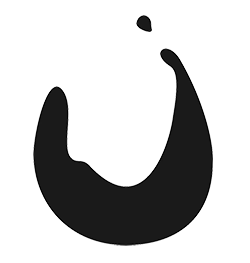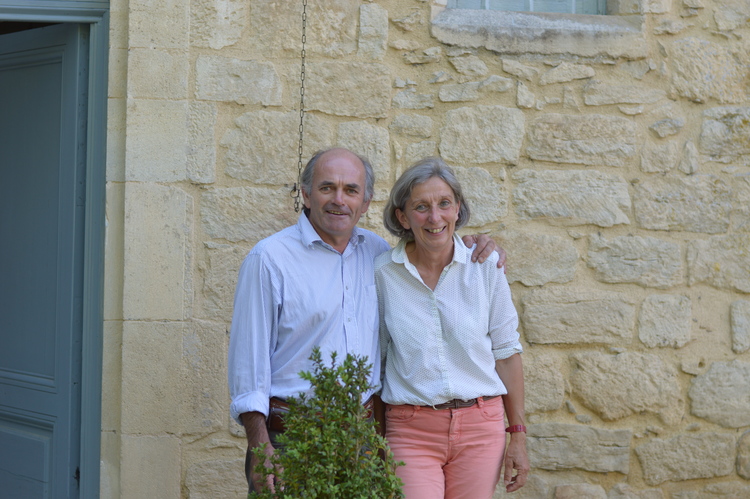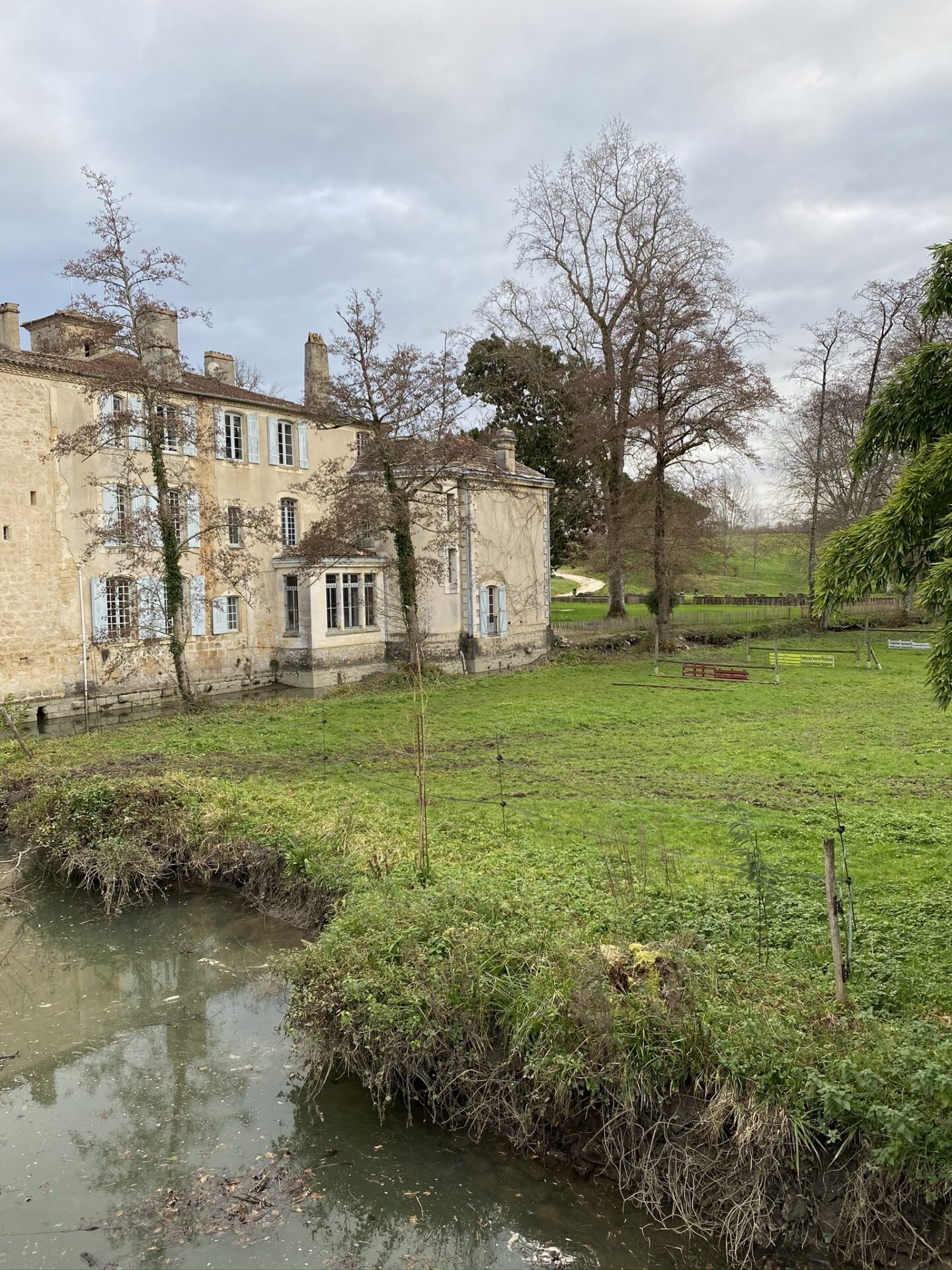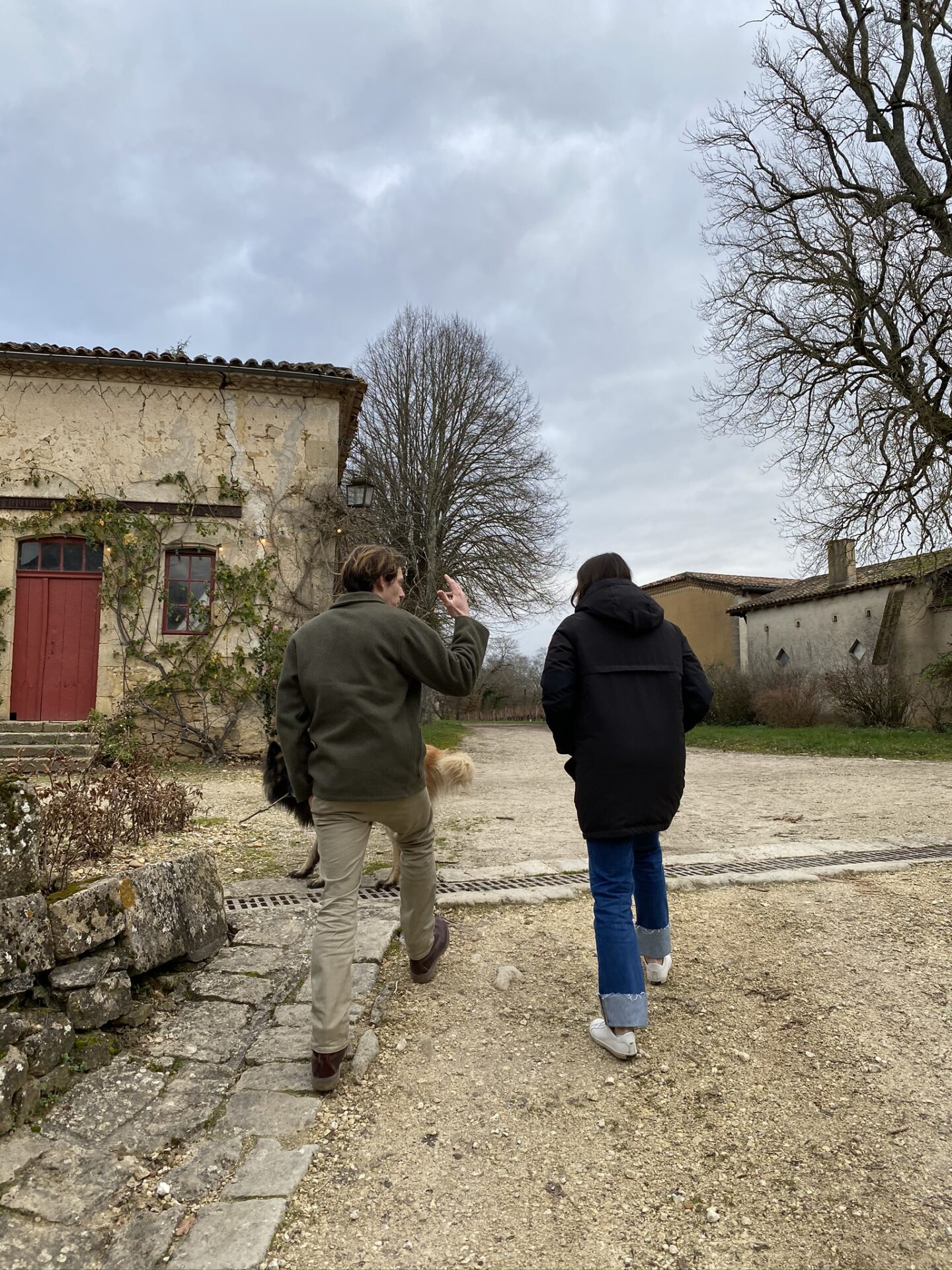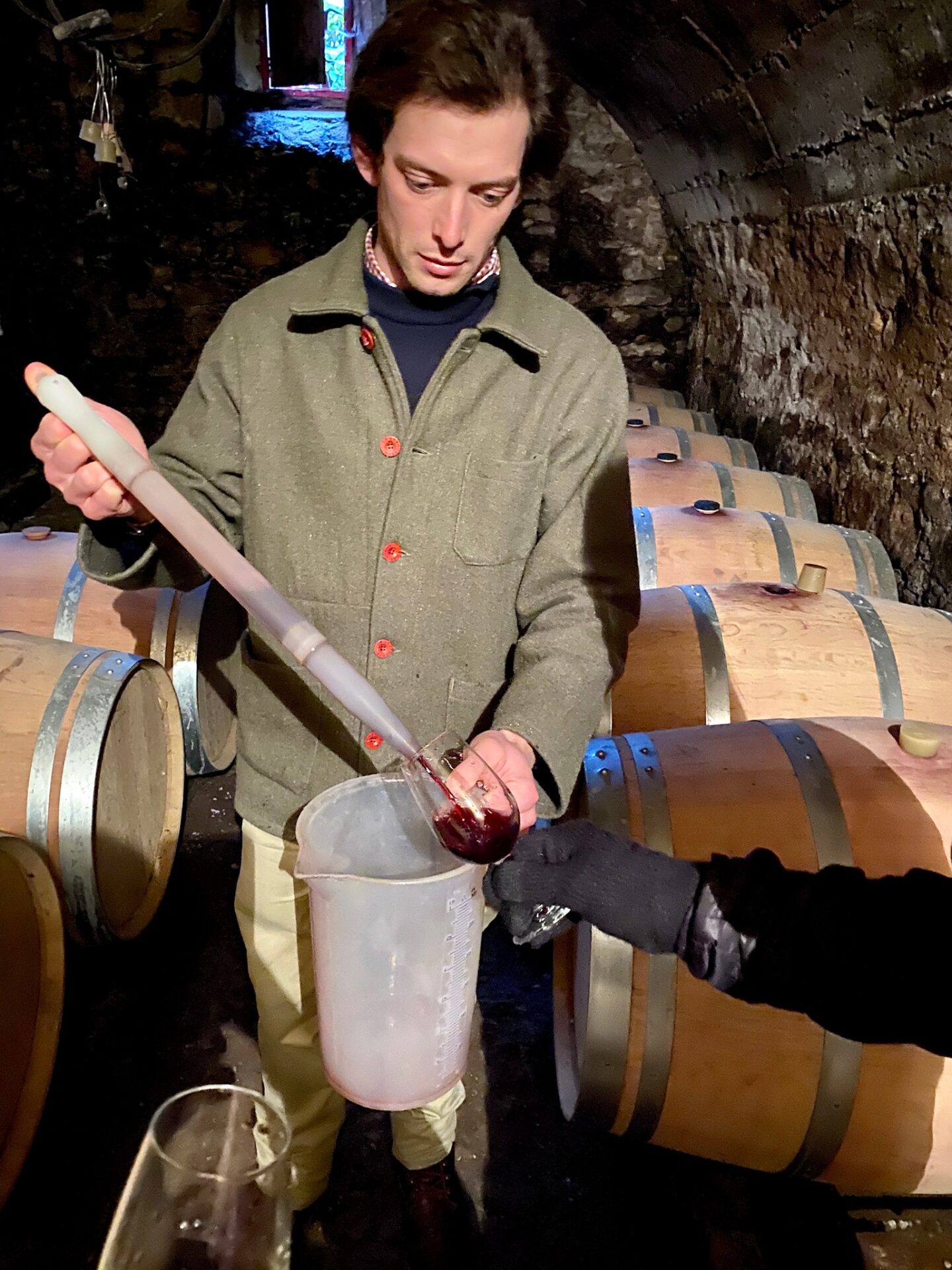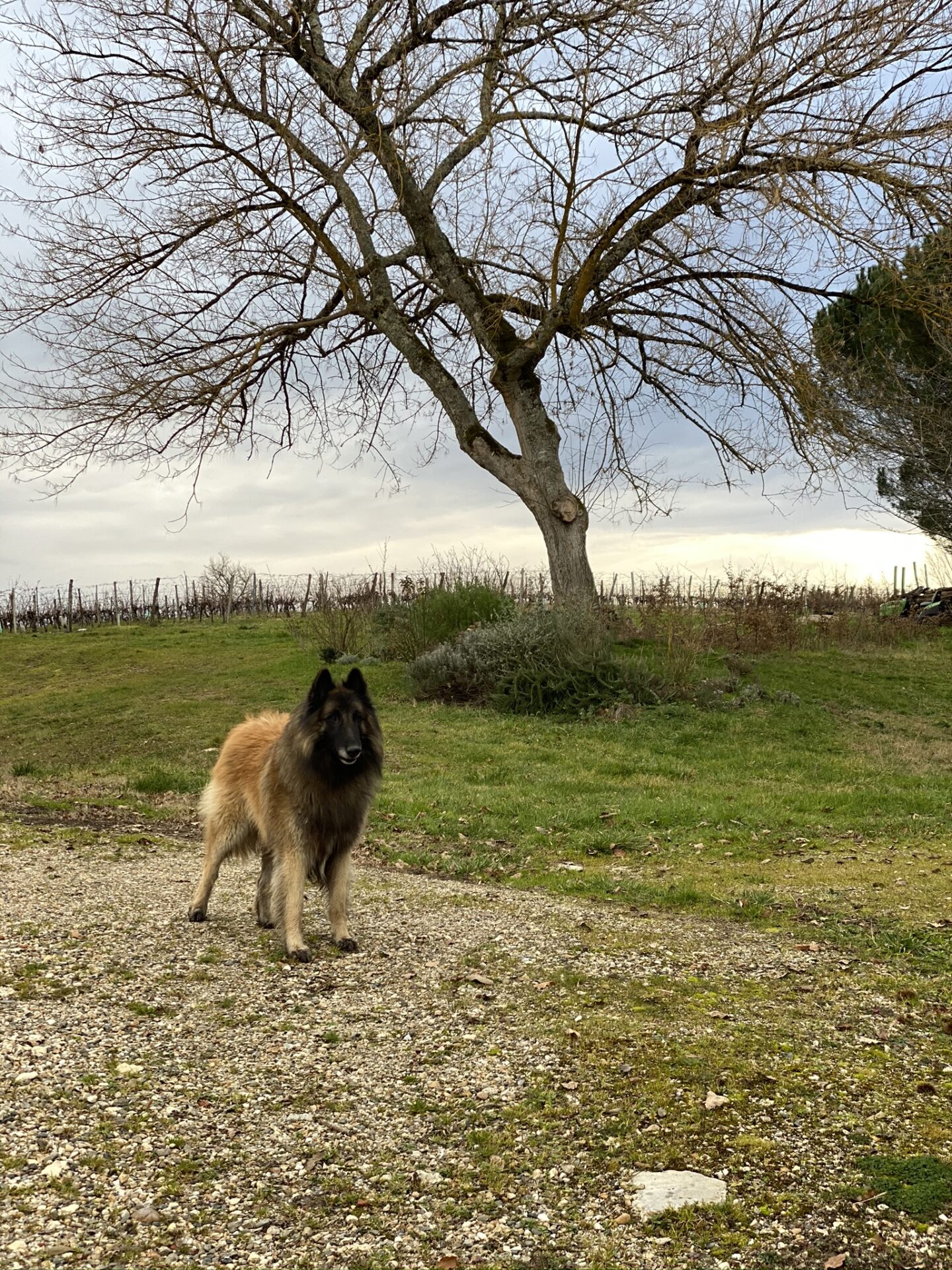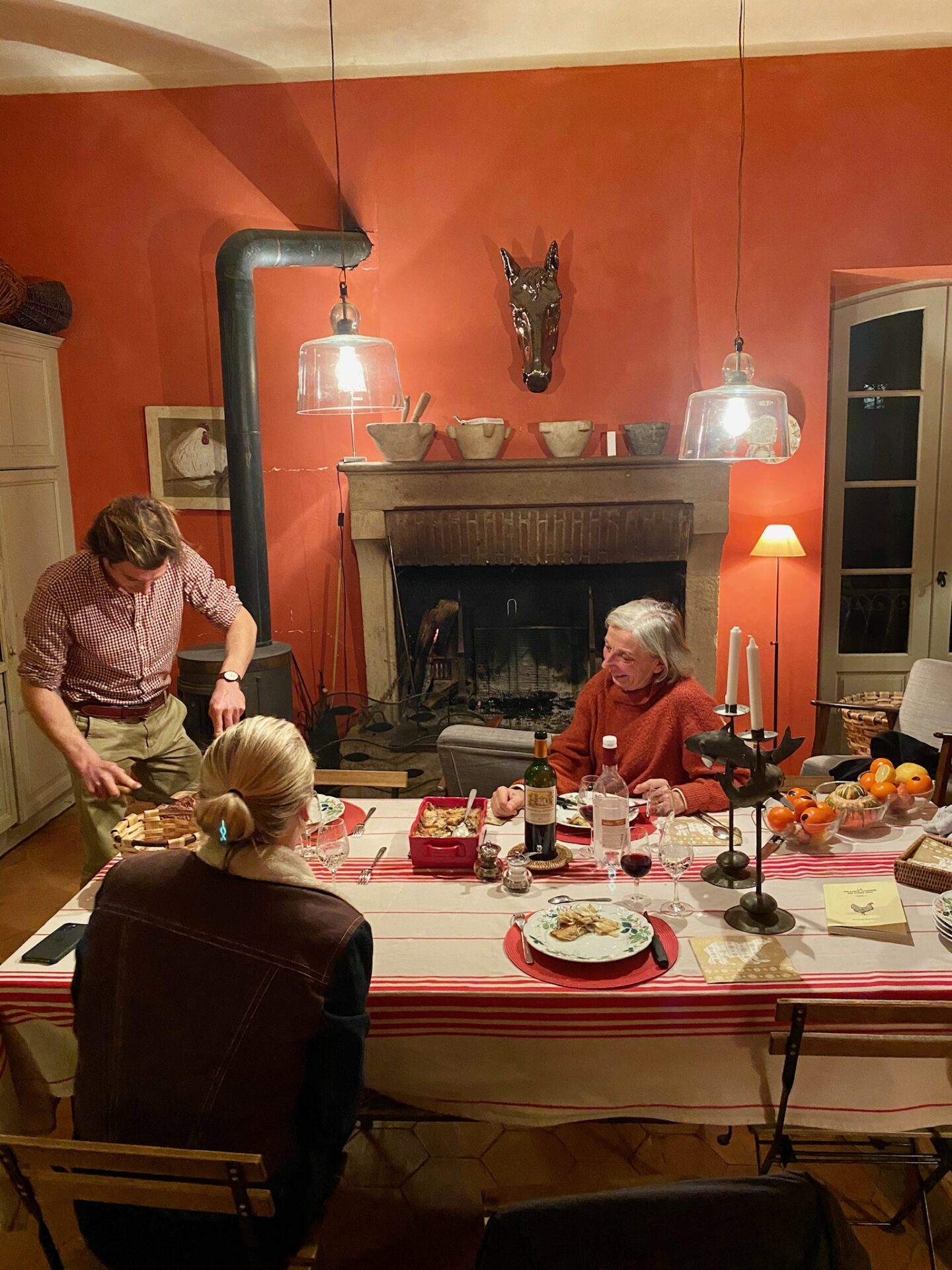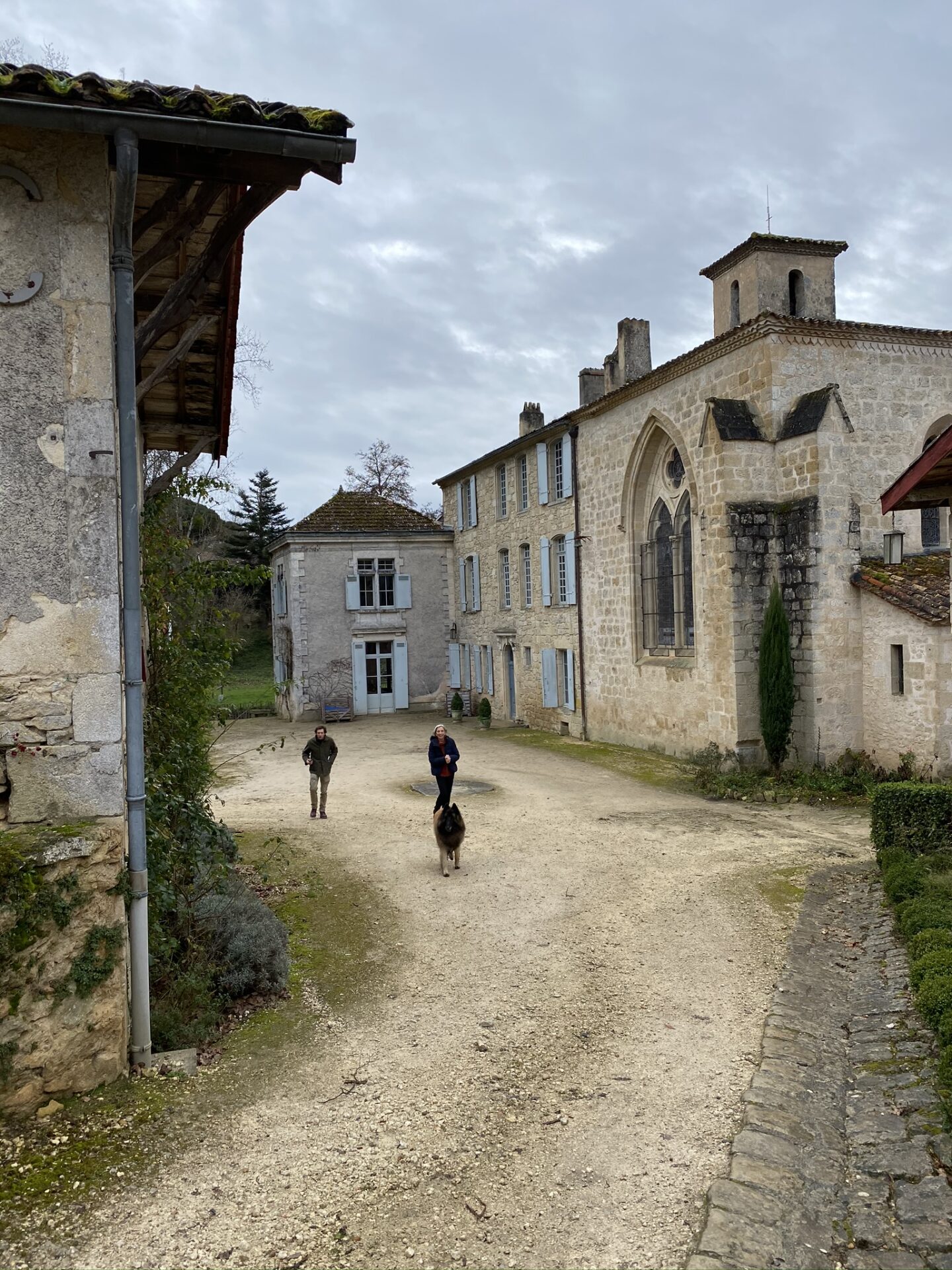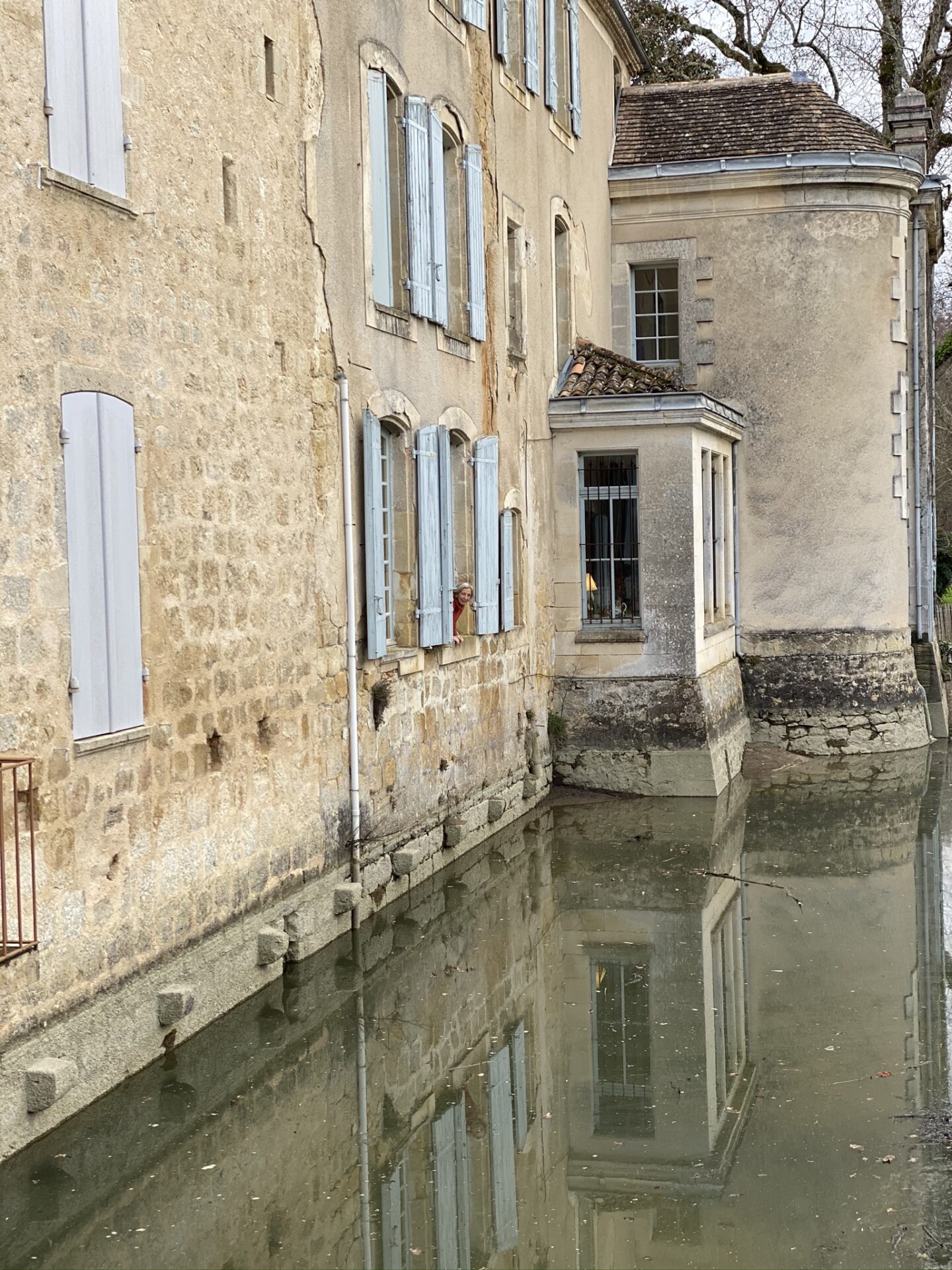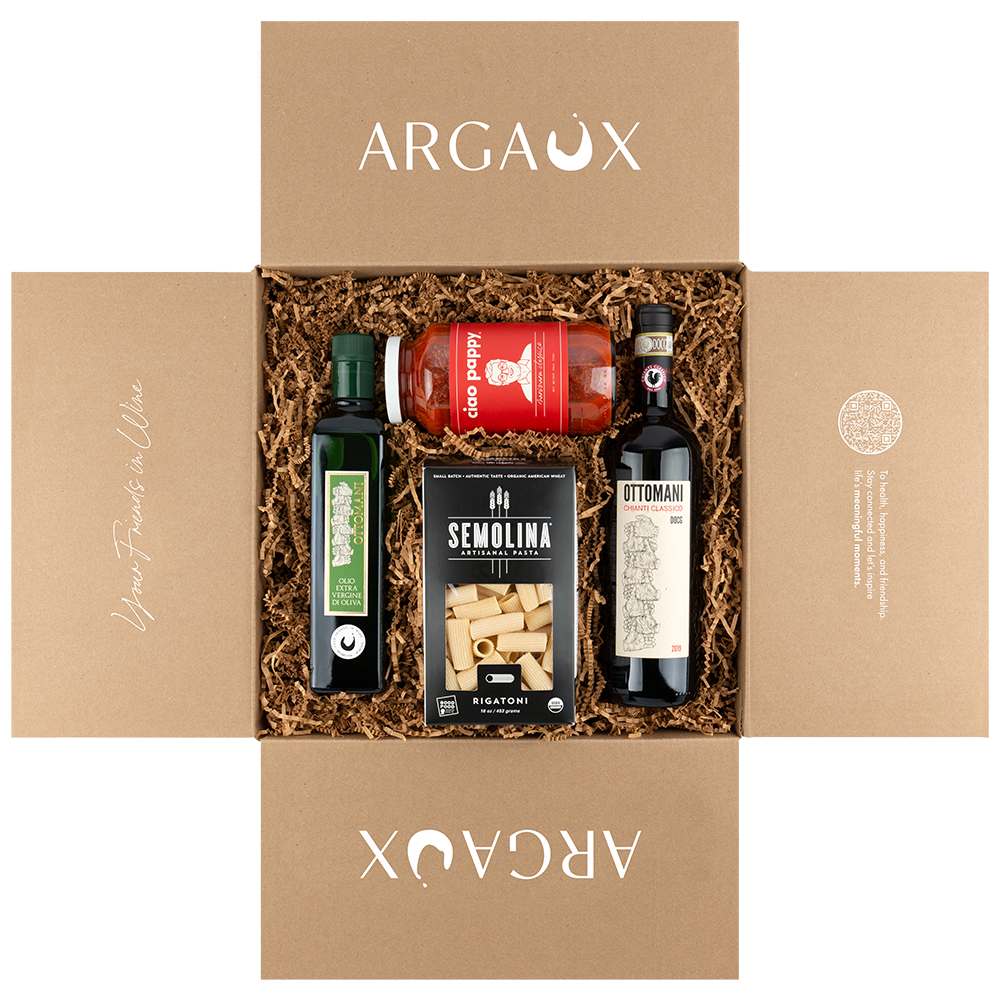2020 Chateau des Antonins AOC Bordeaux Blanc
Sauvignon Blanc lovers, don’t sleep on Bordeaux Blanc. Vinified with a bit of Sémillon, these textured and thirst-quenching wines are some of the most underrated, budget-friendly bottles on the market. Next time the mood for SB strikes, give Bordeaux a whirl – you’ll thank us later.
Certified sustainable farming practices and only 2,500 cases produced.
- Tasting Notes honeysuckle, grapefruit, green bell pepper, jalapeño, orange blossom, cilantro, white pepper
- Variety 80% Sauvignon Blanc, 20% Semillon
- Region France, Bordeaux
- Volume 750mL
- Alcohol Volume 12%
- Table Talk This wine owes its name to the Antonin’s hospitaller monks who occupied this old abbey for five centuries.
$25.00
Out of stock
Château des Antonins is nothing short of extraordinary. Based in a 13th century convent house that was originally built for the monks of the order of Saint Antoine, this historic property fell into the hands of the Roquefeuil family after the French Revolution. Geoffroy and Martine Roquefeuil took over the estate located on the left bank of the Garonne River in 1985.
Geoffroy and Martine’s son, Antoine, really had no plans of taking over the family business. However, during a year-long stint abroad in New Zealand, he ultimately found his passion for wine and decided to become a vigneron. Upon returning home in 2016, Geoffroy passed away suddenly, leaving Antoine in charge of the prestigious estate. Thanks to the shared know-how of his father, as well as his time learning abroad, Antoine has officially been in charge of the estate since 2021, following the retirement of his mother. All 27 hectares of vines at Château des Antonins are farmed sustainably, and the house style can best be described as traditional-meets-modern in the best possible way.
SAUVIGNON BLANC
Sauvignon Blanc, a very recognizable white wine that is popularly dry, refreshingly zesty, and has strong, fruity and herbal characteristics. Ever hear of the term “pyrazines?” It’s a term noting the strong herbaceous flavors that are derived from compounds called Methoxypyrazines. These compounds are also found in bell peppers! A flagship varietal to the Loire Valley in France (Sancerre) and New Zealand, the Sauvignon Blancs from New Zealand tend to be more aromatic and have tropical fruit notes than those from the Bordeaux or Loire Valley regions in France. Usually fermented in stainless steel vats, Sauvignon Blanc gives a clean, crisp flavor with occasional mineral notes, but no characteristics from oak, like you would normally see in a grape varietal like Chardonnay. However, look out for Fumé Blanc, this style of wine is an oaked-version of Sauvignon Blanc.
SEMILLON
Primary to south-west France and the Bordeaux region, specifically Sauternes and Barsac, this grape varietal is prized for dessert wines due its richness and thin skins allowing this grape to be nobly affected by botrytis. Semillon, considered underrated in much of the world, made well can also produce interesting, full-bodied and long-lived dry white wines with satisfying flavors of citrus, honey, and grassiness. However, you may often find this grape blended with Sauvignon Blanc as Semillon has a tendency to be lower in acidity needing the crispness provided by Sauvignon Blanc. Another region to note for this unique grape is Hunter Valley in Australia.
BORDEAUX, FRANCE
The largest region within France, Bordeaux has made quite the name for itself with its prestigious producers and fine wines. Bordeaux, having a moderate maritime climate, sees much influence from the nearby gulf stream including warming effects, rainfall and humidity which is why you’ll find a number of their vineyards closer to the ocean with a high gravel soil content. You may hear the term “Bordeaux Blend” thrown around or used in other countries pertaining to their wines that are made from multiple “Bordeaux” grape varietals and blended together. When this term is used it means the winemaker has included these 5 main grape varietals that are traditional to the Bordeaux region: Cabernet Sauvignon, Merlot, Cabernet Franc, Petit Verdot, and Malbec. Customary white grape varieties from Bordeaux are Sauvignon Blanc, Sémillon and Muscadelle. In the famous regions of Sauternes and Barsac you’ll find these classic white grapes used to make top quality sweet wine. Bordeaux has many distinguished appellations within the large region often characterized by “left bank” or “right bank.” The Dordogne and Garonne rivers form the Gironde Estuary that divides the Bordeaux vineyards into these separate “banks.” Falling on the left bank are the principal districts of Médoc/Haut-Médoc, Graves and Sauternes. Within each of these districts lies smaller appellations home to some of the most famous Château houses around the world. On the opposite side, Saint-Émilion and Pomerol make up the right bank where a vast majority of the Merlot grape is grown.
